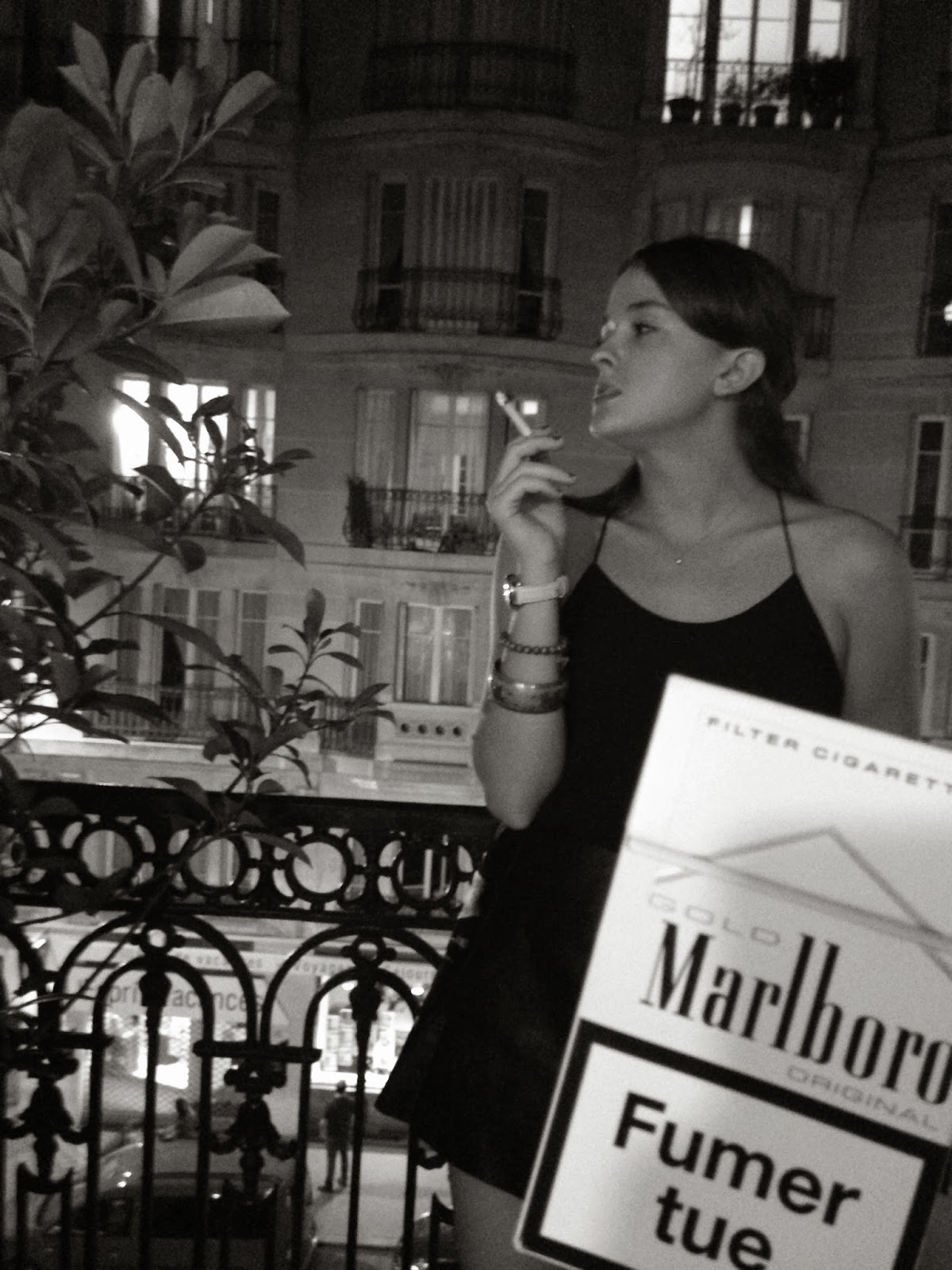Absolute Stockholm; Label or Life, City on a Platform?
Bik van der Pol
Stockholm, Sweden
2000-2001
Bik van der Pol installed Absolute Stockholm: Label or Life, City on a Platform? at the Moderna Muskeet Projekt in Stockholm. His installation is a reproduction of a Absolute Vodka billboard in New York City. Bik van der Pol collaged Ikea furniture in the shape of an Absolute Vodka bottle. By utilizing two Swedish companies, he combined an advertisers image of reality and the basic physical and organizational structures and facilities of daily living. In addition to the installation, the team, comprised of Liesbeth Bik and Jos van der Pol, also organized meetings in selected public spaces around Stockholm to examine the Swedish social model and the often utopian histories of these public spaces.
The Absolute Vodka brand and Ikea superstore have become such a familiar brands to the world. They stand as a result to capitalism in the economic system of our world. The Stockholm based businesses have both grown into international brands. Although our economy has capitalistic elements, these two major brands also control most of the market. With the use of advertising, these brands manipulate the consumers to do what they propose in their Ads. Even when one walks into Ikea, the layout of the products embody the infrastructure of daily living and how it should be. In the installation, the collage of Ikea furniture in the Absolute Vodka billboard shows how the consumption of products on our daily life is highly influenced by big businesses.
Burning Man
Black Rock Desert, Nevada
1986-
Beginning the Monday before and leading up to Labor Day holiday, Black Rock Desert in northern Nevada holds Burning Man; an annual festival dedicated to community, radical expression and experimental living. Art and activities determined by the participants take place throughout the festival which builds up to the ritual burning of the 40-foot tall wooden effigy. No cash is exchanged, civic responsibility is a critical objective, and participants are required to "leave no trace" after the festival.
The Burning Man initiated in 1986 in San Francisco when 20 friends assembled on the beach to honor the summer solstice with the burning of a wooden "man." The festival came to Nevada in 1990 and became increasingly popular in both attendance and cultural impact. For many, The Burning Man represents an art project that embodies the theory that human behavior is determined by surrounding circumstances rather than by personal qualities. Also, the festival serves as a practical exploration of utopia, autonomy, and self-governance.
- Radical Inclusion
- Anyone may be a part of Burning Man. We welcome and respect the stranger. No prerequisites exist for participation in our community.
- Gifting
- Burning Man is devoted to acts of gift giving. The value of a gift is unconditional. Gifting does not contemplate a return or an exchange for something of equal value.
- Decommodification
- In order to preserve the spirit of gifting, our community seeks to create social environments that are unmediated by commercial sponsorships, transactions, or advertising. We stand ready to protect our culture from such exploitation. We resist the substitution of consumption for participatory experience.
- Radical Self-reliance
- Burning Man encourages the individual to discover, exercise and rely on his or her inner resources.
- Radical Self-expression
- Radical self-expression arises from the unique gifts of the individual. No one other than the individual or a collaborating group can determine its content. It is offered as a gift to others. In this spirit, the giver should respect the rights and liberties of the recipient.
- Communal Effort
- Our community values creative cooperation and collaboration. We strive to produce, promote and protect social networks, public spaces, works of art, and methods of communication that support such interaction.
- Civic Responsibility
- We value civil society. Community members who organize events should assume responsibility for public welfare and endeavor to communicate civic responsibilities to participants. They must also assume responsibility for conducting events in accordance with local, state and federal laws.
- Leaving No Trace
- Our community respects the environment. We are committed to leaving no physical trace of our activities wherever we gather. We clean up after ourselves and endeavor, whenever possible, to leave such places in a better state than when we found them.
- Participation
- Our community is committed to a radically participatory ethic. We believe that transformative change, whether in the individual or in society, can occur only through the medium of deeply personal participation. We achieve being through doing. Everyone is invited to work. Everyone is invited to play. We make the world real through actions that open the heart.
- Immediacy
- Immediate experience is, in many ways, the most important touchstone of value in our culture. We seek to overcome barriers that stand between us and a recognition of our inner selves, the reality of those around us, participation in society, and contact with a natural world exceeding human powers. No idea can substitute for this experience.
What Would Happen if We Did That?
Elin Stroöm
MALMÖ, SWEDEN
1993
In 1993, Elin Wikström asked herself, "What would happen if everyone did that?" to set the theme for her performance and conceptual project. During business hours of a grocery store in Malmo, Sweden she intervened with the space by placing a mattress on the floor of the store, laying on it, and doing nothing for three weeks.
In this piece, the artist's body is the medium, which transformed the space around her and the visitors actions within the grocery store. The shoppers' presence was essential to the content of the performance because their reaction to the piece highlights how the piece interfered with social norms, value systems, and codes of behavior.






























.JPG)






























